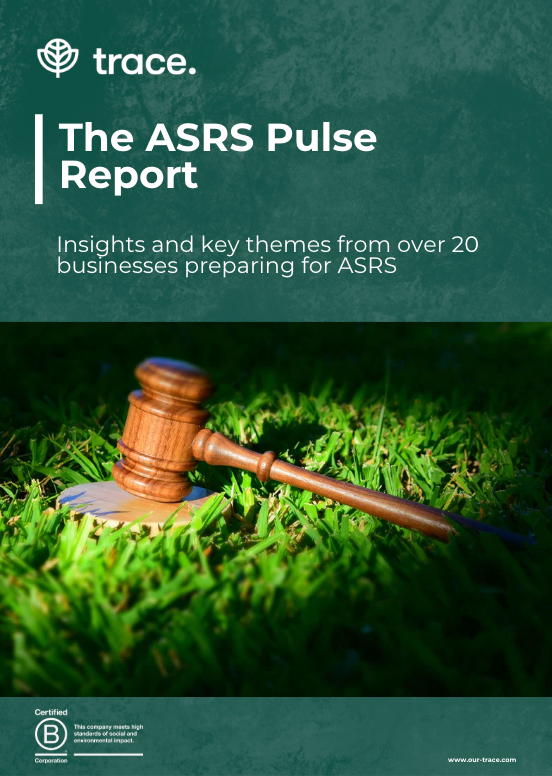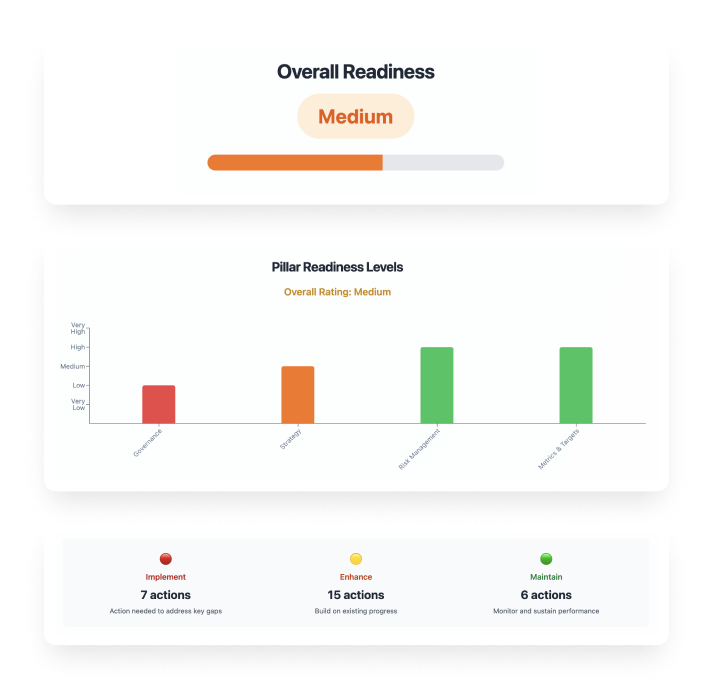Climate risk can feel like an abstract concept - but under IFRS S2 (and ASRS S2 in Australia), companies are being asked to define it in practical, financial terms. That means understanding two key categories of climate-related risk: physical and transition.
Demystifying these is the first step to building a meaningful climate risk assessment - one that helps you act, not just comply.
At Trace, our approach is simple: identify the climate risks that actually matter for your operations, and use data to prioritise your response.
The ISSB’s IFRS S2 standard requires companies to disclose “climate-related physical and transition risks that could reasonably be expected to affect their prospects.”
In plain English: you need to show you understand how climate change and the transition to a low-carbon economy could impact your business.
Distinguishing between the two helps you:
Physical risks are the direct, tangible impacts of climate change on your assets, operations, or supply chain.
These can be acute (short-term, event-driven) or chronic (long-term shifts in temperature, rainfall, or sea levels).
Physical risks can lead to operational disruptions, asset impairment, or higher insurance costs - often immediately quantifiable.
Companies that understand their physical exposure can take proactive measures, such as relocating critical assets, diversifying suppliers, or investing in climate-resilient infrastructure.
🌱 Trace’s view: You can’t manage what you can’t map. Identifying where your assets and suppliers are most exposed is the foundation of climate resilience.
Transition risks are the indirect risks that arise as the world moves toward a low-carbon economy.
They result from changes in policy, technology, markets, and consumer behaviour.
Transition risks can affect market share, valuation, and access to capital.
Companies that understand their exposure can plan strategically - for instance, by adapting their business model, investing in efficiency, or aligning to net-zero pathways.
⚙️ Trace’s view: Transition risk isn’t something to fear - it’s an early signal for where markets are heading. Businesses that respond early can turn risk into opportunity.
Whether you’re disclosing under ASRS S2 or simply trying to future-proof your business, a good risk assessment process will help you identify which climate risks are material to you.
Here’s a simplified roadmap:
📊 Trace’s approach: We help teams combine qualitative insights with structured data - building a climate risk register that’s clear, prioritised, and ready for action.
...Keep reading
.png)
Trace can help you at each stage, at your pace, aligned to your goals.
Reach out to talk to one of our friendly team now
Understanding physical and transition risks isn’t the end goal — it’s the start of better decisions.
Businesses that act early often find operational savings, stronger brand reputation, and investor confidence follow naturally.
Start with simple, credible steps:
Trace’s vision: Make climate risk assessment clear, consistent, and actionable - turning data into decisions.
Reach out to our friendly team if you have any questions



